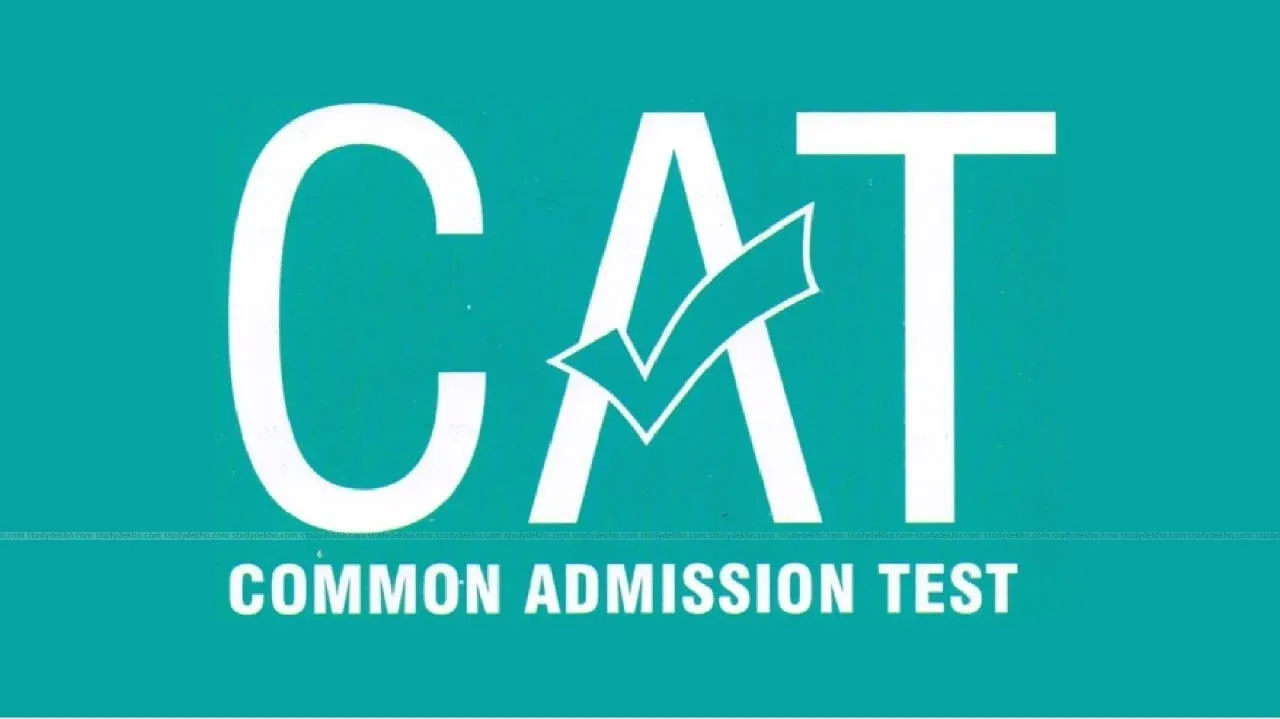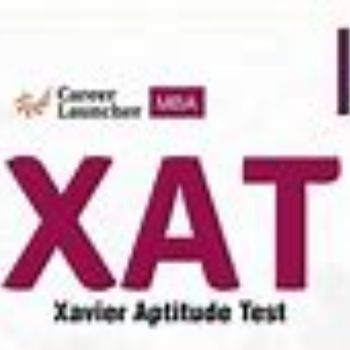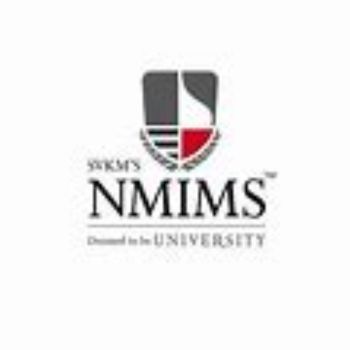Master of Business Administration in Banking, or MBA in Banking, is a postgraduate program that provides knowledge in banking systems, financial services, and regulatory framework and core management education. The curriculum includes subjects such as Business Communication, Data Analysis using Spreadsheets, Accounting for Managers, Business Research Methods, and more.
To be eligible, candidates must obtain a bachelor's degree in any discipline with at least 50% of the total marks. Admission is usually through national or university-level entrance examinations, followed by group discussions and personal interviews (depending on the college admission criteria). While not mandatory, pre-experience in banking or finance is often preferred by premier institutions.
Top institutions offering this program include MIT World Peace University (MIT-WPU), Presidency University, SAGE University, D Y Patil University, Symbiosis School of Banking and Finance (SSBF), etc. These programs often include live banking simulation, internship, and training modules in banking software such as Finacle or SAP-FICO. The course fee usually ranges from INR 72,000 - INR 19,00,000 depending on the type of institution. Scholarships can be provided based on performance or merit, or entrance examination.
Graduates can work as Investment Bankers, Risk Managers, Credit Analysts, Transaction Processing Associates, Equity Research Analysts, Underwriters, and Retail Asset Managers. Leading recruiters include Goldman Sachs, JPMorgan Chase & Co., Deutsche Bank, Capgemini, IBM, ICICI Securities, KPMG, Infosys, and HDFC Bank. Salary is usually from INR 3 - 14 LPA, which has high growth capacity for those who pursue any certifications such as CFA, FRM or NISM.
Table of Contents
MBA Banking Key Highlights
Below are the key highlights of the MBA in Banking course:
What is MBA Banking?
MBA in banking is a two-year postgraduate program focused on the banking and financial services sector. It combines core management education with special knowledge in areas such as banking operations, financial markets, credit management and regulatory compliance. The course is designed to help students develop with skills to navigate developed financial landscapes with digital banking, fintech and global economic trends.
Students receive both theoretical and practical performances through case studies, internships and industry projects. The program is ideal for those who aim for a career in commercial banks, investment firms, NBFCs or regulatory institutions. With an increase in digital payments and financial inclusion in India, MBAs in banking are in high demand in private and public sector organisations.
Why Study MBA Banking?
An MBA in Banking is a postgraduate program focused on financial systems, regulatory structures and banking operations. In addition to many other areas, it prepares students for career in treasury management, credit analysis and commercial banking. Candidates interested in banking strategy, finance and leadership posts in the financial industry can benefit from the syllabus. Some of the reasons why study MBA Banking are as follows:
- The banking industry is adopting AI, blockchain and digital platforms. An MBA in Banking equips students with domain-specific knowledge to meet the modern financial systems, unlike a general MBA, which may only touch upon these areas from above but not in depth.
- Post-pandemic financial recovery and global economic changes have increased the requirement of professionals who can understand credit risk, financial restructuring and banking rules.
- BFSI contributed significantly to India's GDP. Banks and Fintech firms actively hire graduates with an MBA in banking.
- Globally recognised certificates such as CFA, FRM and NISM, and many more. Many institutes integrate preparation modules, which provide students an edge without the need for separate studies.
MBA Banking Eligibility Criteria
To pursue the MBA in Banking, the applicant needs to meet certain criteria, without which admission into this course may be difficult. Mentioned below are the eligibility criteria for pursuing an MBA in Banking:
- Candidates should have completed a bachelor's degree of at least 3 years in any discipline from a recognised university. Some institutes may also prefer applicants with a background in commerce, economics or finance.
- A minimum of 50% marks is required in a bachelor's degree for further admission. The reserved category candidates (SC/ST/OBC) may get 5% relaxation in eligibility norms.
- Most institutions accept scores from national-level entrance examinations like CAT, XAT, MAT, or CMAT. These examinations assess qualifications in areas such as logical reasoning, mathematics, English and general awareness.
MBA Banking Entrance Exams 2025
Candidates who want to pursue an MBA in Banking in India usually require a postgraduate level entrance examination qualification conducted at the national or university level. Admission is generally based on scores from the examinations. The final selection of shortlisted candidates can be further evaluated through group discussion and personal interviews as part of the process. Some of the entrance exams for MBA Banking are given below:
MBA Banking Colleges in India
In India, few institutions offer an MBA in Banking with specific admission criteria. The curriculum combines core concepts of banking, financial systems, and business administration. The course fee may vary depending on the location and the institution offering the program. Some colleges that provide MBA Banking or related courses for an MBA in Banking and Finance are given below:
MBA Banking Admission Process 2025
MIT World Peace University (MIT-WPU) includes the following stages in the admission process for the MBA in Banking:
Step 1: To apply online, you will get a registration form on MIT-WPU official website of admission. mitwpu.edu.in. It marks the start of your admission into MIT-WPU.
Step 2: After registration, you will get a login ID and password. You will be automatically redirected to the student dashboard.
Step 3: Log in and carefully fill out the application form. To complete this phase, pay the application fee of INR 1800.
Step 4: You will get the MIT-WPU CET admission test link. The exam date will be available on the dashboard or website.
Step 5: Appear for admission tests on the scheduled date and time. Make sure to follow all the mentioned test guidelines.
Step 6: Check the merit list after the result is declared. Date and updates on your dashboard will be shared.
Step 7: If chosen, you will receive a provisional offer letter. This confirms your shortlisting for the program.
Step 8: Pay the first installment of the course fee. This step confirms your entry into the institute.
Step 9: Complete confirmation of payment, educational records, personal data and other documents. Verify that all the data provided is valid and accurate.
Step 10: Get the final offer letter and offer guide. Your PRN (Permanent Registration Number) will also be shared.
Step 11: Submit all the necessary basic documents to MIT-WPU. This stage finalises your entry on the record.
MBA Banking Syllabus
MBA Banking course in various colleges usually cover the same main topics, which occur with minor changes on the basis of the institution. General subjects include banking operations, financial services, credit management, treasury management, risk analysis, and regulatory framework. These courses guide students for leadership roles in banks, financial institutions, and regulatory bodies. Some of the subjects that are covered under the curriculum by Presidency University are as follows:
MBA Banking VS MBA Finance
Mentioned below is the comparison between MBA Banking course and MBA in Finance:
MBA Banking Job Opportunities in India
Graduates with an MBA Banking course can work in commercial banks, financial institutions, investment firms, and regulatory agencies. They are often employed in roles related to credit analysis, debt management, treasury operations, and financial planning. The program helps students with intensive knowledge of banking systems and strategic financial management. Some of the job opportunities after completing an MBA in Banking are as follows:
MBA Banking FAQs
Which graduate course should a candidate choose to pursue an MBA in banking later?
A BBA, B.Com, or BA in economics/finance is often preferred for those targeting an MBA in banking. These courses provide basic knowledge in Commerce and Finance. However, most MBA programs accept candidates from any graduate stream.
Is an MBA in banking better than a regular MBA?
It depends on the goals of a candidate's career. An MBA in banking is more specific and focuses on the financial and banking sectors. If a person aims to work in banks or financial institutions, this specialization may offer better career opportunities.
Are there any options for online or remote learning for an MBA in banking?
Yes, many universities such as IGNOU and NMIMS offer online or distance MBA Banking programs. These are suitable for those who are unable to participate in professional or regular classes. The course is usually flexible.
Is there any short-term course that candidates can do before or during the MBA in Banking?
Yes, candidates can take small courses in financial modelling, investment banking, or risk management. Platforms like Coursera, edX, and NSE Academy offer certification courses relevant to industries.
Which certificates usually add value to an MBA in Banking?
Certificates such as CFA (Chartered Financial Analyst), FRM (Financial Risk Manager), and NISM modules are highly considered. These strengthen the candidate's expertise in investment, risk and regulatory sectors. They improve job prospects in specialised financial roles.











